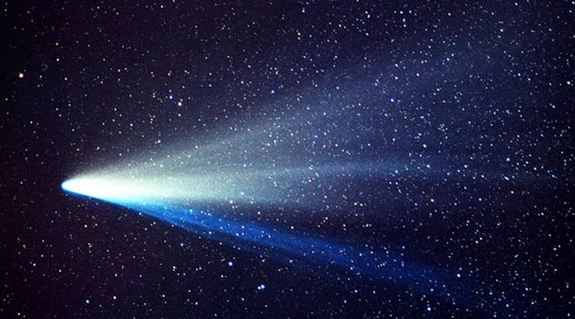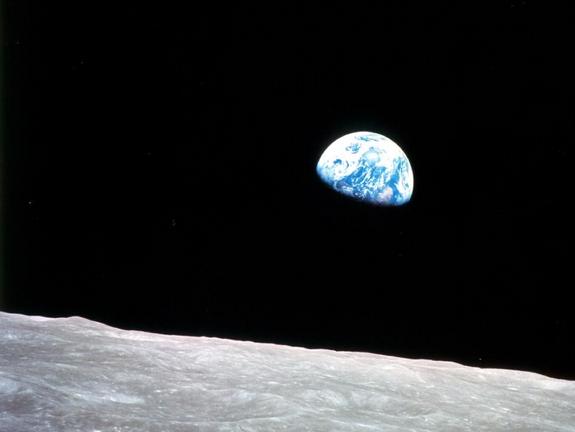
WASHINGTON (PTI): Astronomers have identified the closest known flyby of a star that passed our solar system at a distance of just 0.8 light years 70,000 years ago.
A group of astronomers from the US, Europe, Chile and South Africa determined that 70,000 years ago a recently discovered dim star is likely to have passed through the solar system's distant cloud of comets, the Oort Cloud.
No other star is known to have ever approached our solar system this close - five times closer than the current closest star, Proxima Centauri.
In a paper published in The Astrophysical Journal Letters, lead author Eric Mamajek from the University of Rochester and his collaborators analysed the velocity and trajectory of a low-mass star system nicknamed "Scholz's star."
The star's trajectory suggests that 70,000 years ago it passed roughly 52,000 astronomical units away (or about 0.8 light years).
This is astronomically close; our closest neighbour star Proxima Centauri is 4.2 light years distant, researchers said.
In fact, the astronomers explain that they are 98 per cent certain that it went through what is known as the "outer Oort Cloud" - a region at the edge of the solar system filled with trillions of comets a mile or more across.
Scholz's star had an unusual mix of characteristics: despite being fairly close, it showed very slow tangential motion, that is, motion across the sky.
The radial velocity measurements taken by co-author Valentin D Ivanov, from the European Southern Observatory and collaborators, however, showed the star moving almost directly away from the solar system at considerable speed.
"Most stars this nearby show much larger tangential motion," said Mamajek.
"The small tangential motion and proximity initially indicated that the star was most likely either moving towards a future close encounter with the solar system, or it had 'recently' come close to the solar system and was moving away.
"Sure enough, the radial velocity measurements were consistent with it running away from the Sun's vicinity - and we realised it must have had a close flyby in the past," said Mamajek.
 Previous Article
Previous Article Next Article
Next Article












The Indian Air Force, in its flight trials evaluation report submitted before the Defence Ministry l..
view articleAn insight into the Medium Multi-Role Combat Aircraft competition...
view articleSky enthusiasts can now spot the International Space Station (ISS) commanded by Indian-American astr..
view article